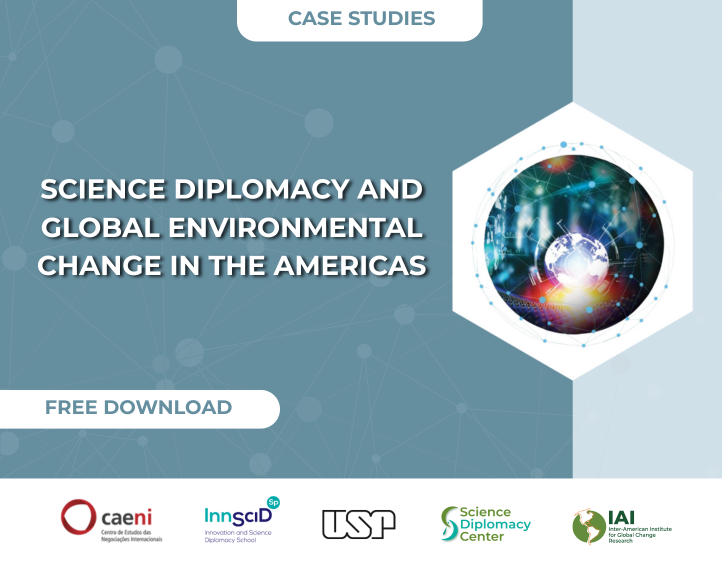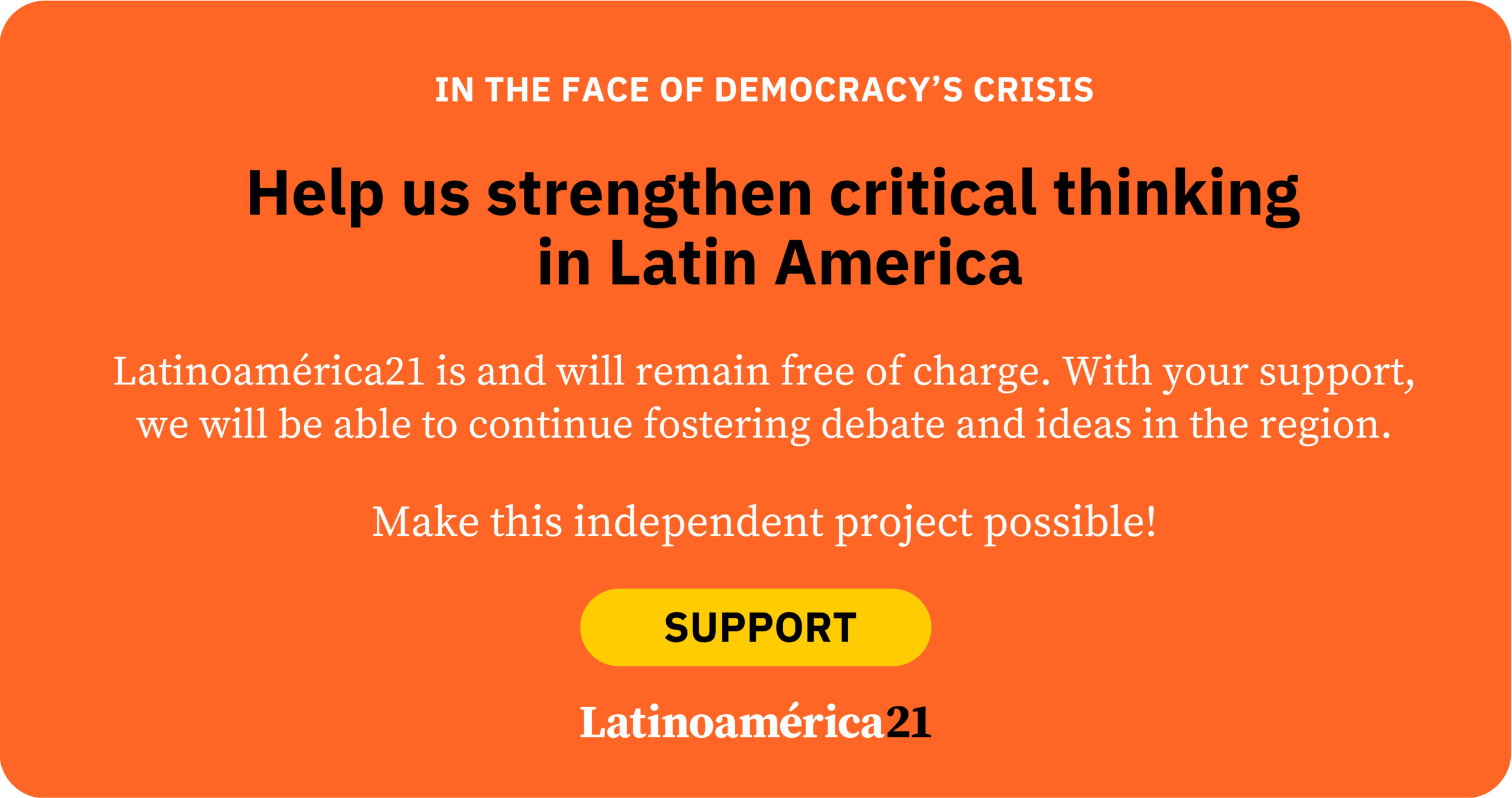In recent years, there has been much discussion around the concept of “brain circulation” or the “academic diaspora.” This term is mainly used in educational contexts to refer to the movement of students, researchers, professors, and highly qualified professionals across different countries, representing a dynamic and bidirectional flow of knowledge, technology, and human and social development.
Despite modest investment figures in research compared to wealthier nations, it can be said that Latin America in general—and Brazil in particular—has a certain tradition of encouraging and recognizing the transnational, temporary, or recurring movement of specialists and researchers. Over the last decade (between 2012 and 2022), in Brazil, 64,000 students, professors, and scientists received funding from Capes or CNPq—federal government research funding agencies linked to the Ministries of Education and Science and Technology, respectively, to enhance their skills and conduct research abroad at the postgraduate level, in the following modalities: Professional Development or Training, Visiting Chair, “Sandwich” Doctorate, Full Doctorate (or Doctorate Abroad), Senior Internships, “Sandwich” Master’s, Professional Master’s, Postdoctoral (or Postdoctoral Internships), and Visiting Professor/Researcher.
Over 80% of these individuals, during this period, moved to countries in the Global North, such as the United States, Canada, the United Kingdom, Germany, France, Portugal, Spain, Italy, and the Netherlands. Thus, a consolidated, integrated, and globalized academic system has taken shape, comprising universities, research centers and institutes, funding agencies, scientific networks, and other actors, supporting the flow of people around knowledge production and scientific and technological development across all fields of knowledge.
In 2025, only a few years after the world experienced the COVID-19 pandemic, when new knowledge, research, and scientific discoveries had never been more essential, this system is at risk. This threat stems from actions that might not have as great an impact were they not taking place in the country that hosts most of the world’s top university centers and receives the largest number of international students, including those from Latin America and Brazil: the United States.
Whether in political rhetoric, administrative management (through executive orders and other actions), or even in budgetary terms with funding cuts, current president Donald Trump has accused the country’s universities of antisemitism and racism. The recent case of Harvard University gained worldwide attention when it had to turn to the courts to suspend a ban on continuing its renowned Student and Visitor Exchange Program, which currently hosts around 7,000 international students on its campuses. Similar measures and protests have also been recorded at other university centers, such as Cambridge and Massachusetts.
Beyond these actions, there are two other emblematic cases. The first occurred in February 2025, when allegations of censorship arose, even from Brazilian researchers and professors, regarding the Fulbright Specialist Program, a U.S. State Department initiative that connects experts with educational institutions worldwide for short-term collaborations. According to announcements made at the time, expressions such as gender, class, and racial oppression, as well as the crisis of democratic principles, social emancipation, systems of oppression, and social justice, were to be avoided in research funded by the project.
The second measure, which occurred between May and June 2025, was the decision—now revoked—to suspend visa appointments for new international students intending to study in the U.S. (under F, M, and J visa categories), and the requirement to review applicants’ social media to attempt to identify individuals who might be hostile to the country, a policy that remains in effect.
The Trump administration’s actions go beyond brain drain or academic diaspora, and this must be understood in a broader macroeconomic context, encompassing anti-immigration policies tied to economic, political, and ideological positions that were clearly revealed during the campaign that brought him to the presidency. However, one must ask to what extent these decisions restrict the transfer and circulation of knowledge and technologies, the expansion of markets, professional and personal development opportunities, and, above all, the real impact on the planet’s sustainable development, issues that are especially crucial for Latin America.
The region’s historical structural challenges—such as social and regional inequalities, low economic productivity, political instability, violence, and climate impacts—are well known. These are problems intrinsically linked to the emigration patterns of its countries, whether involving researchers, scientists, students, or the general population.
According to the 2015 United Nations Population Fund (UNFPA) ranking, Brazil ranks fifth in the number of people emigrating internationally, behind only Mexico, the Northern Triangle of Central America (Guatemala, Honduras, and El Salvador), Colombia, and Puerto Rico. The “academic diaspora,” in turn, represents the most regular, orderly, and secure migration process—not only due to the high education level of its members but also because of the planning, legal frameworks, and transnational support networks that surround it. Hindering this system affects much more than resilience, technological innovation potential, and research development—it impacts the continent’s growing integration into the global economy, progress, and peace.
*Machine translation proofread by Janaína da Silva












